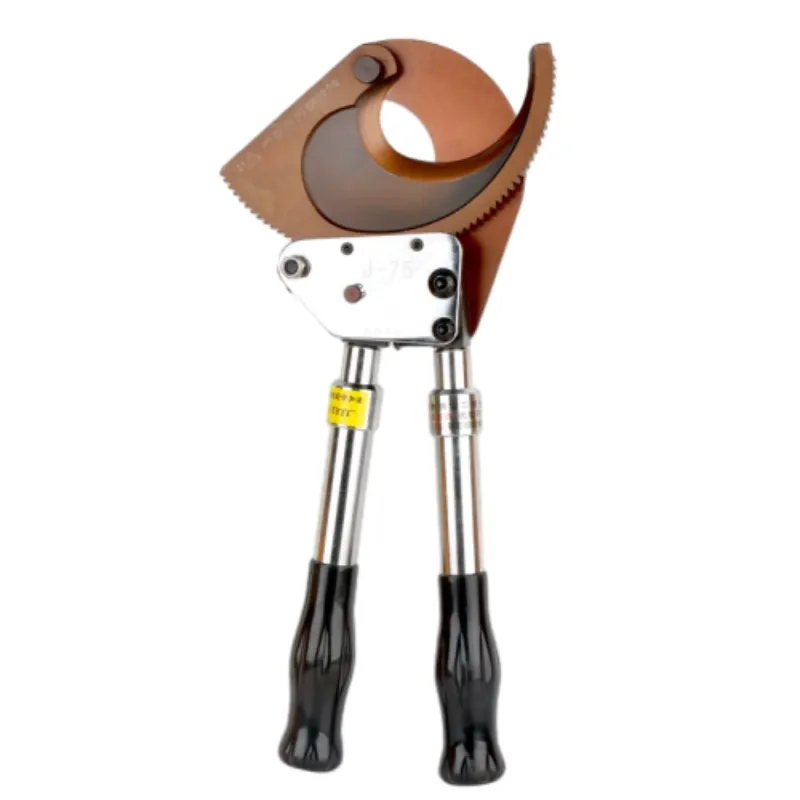
-
 Afrikaans
Afrikaans -
 Albanian
Albanian -
 Amharic
Amharic -
 Arabic
Arabic -
 Armenian
Armenian -
 Azerbaijani
Azerbaijani -
 Basque
Basque -
 Belarusian
Belarusian -
 Bengali
Bengali -
 Bosnian
Bosnian -
 Bulgarian
Bulgarian -
 Catalan
Catalan -
 Cebuano
Cebuano -
 Corsican
Corsican -
 Croatian
Croatian -
 Czech
Czech -
 Danish
Danish -
 Dutch
Dutch -
 English
English -
 Esperanto
Esperanto -
 Estonian
Estonian -
 Finnish
Finnish -
 French
French -
 Frisian
Frisian -
 Galician
Galician -
 Georgian
Georgian -
 German
German -
 Greek
Greek -
 Gujarati
Gujarati -
 Haitian Creole
Haitian Creole -
 hausa
hausa -
 hawaiian
hawaiian -
 Hebrew
Hebrew -
 Hindi
Hindi -
 Miao
Miao -
 Hungarian
Hungarian -
 Icelandic
Icelandic -
 igbo
igbo -
 Indonesian
Indonesian -
 irish
irish -
 Italian
Italian -
 Japanese
Japanese -
 Javanese
Javanese -
 Kannada
Kannada -
 kazakh
kazakh -
 Khmer
Khmer -
 Rwandese
Rwandese -
 Korean
Korean -
 Kurdish
Kurdish -
 Kyrgyz
Kyrgyz -
 Lao
Lao -
 Latin
Latin -
 Latvian
Latvian -
 Lithuanian
Lithuanian -
 Luxembourgish
Luxembourgish -
 Macedonian
Macedonian -
 Malgashi
Malgashi -
 Malay
Malay -
 Malayalam
Malayalam -
 Maltese
Maltese -
 Maori
Maori -
 Marathi
Marathi -
 Mongolian
Mongolian -
 Myanmar
Myanmar -
 Nepali
Nepali -
 Norwegian
Norwegian -
 Norwegian
Norwegian -
 Occitan
Occitan -
 Pashto
Pashto -
 Persian
Persian -
 Polish
Polish -
 Portuguese
Portuguese -
 Punjabi
Punjabi -
 Romanian
Romanian -
 Russian
Russian -
 Samoan
Samoan -
 Scottish Gaelic
Scottish Gaelic -
 Serbian
Serbian -
 Sesotho
Sesotho -
 Shona
Shona -
 Sindhi
Sindhi -
 Sinhala
Sinhala -
 Slovak
Slovak -
 Slovenian
Slovenian -
 Somali
Somali -
 Spanish
Spanish -
 Sundanese
Sundanese -
 Swahili
Swahili -
 Swedish
Swedish -
 Tagalog
Tagalog -
 Tajik
Tajik -
 Tamil
Tamil -
 Tatar
Tatar -
 Telugu
Telugu -
 Thai
Thai -
 Turkish
Turkish -
 Turkmen
Turkmen -
 Ukrainian
Ukrainian -
 Urdu
Urdu -
 Uighur
Uighur -
 Uzbek
Uzbek -
 Vietnamese
Vietnamese -
 Welsh
Welsh -
 Bantu
Bantu -
 Yiddish
Yiddish -
 Yoruba
Yoruba -
 Zulu
Zulu


Oct . 22, 2024 04:01 Back to list
Flexible Rod for Power Duct Installation and Maintenance Solutions
Understanding Power Duct Rodders A Comprehensive Guide
Power duct rodders are essential tools in the telecommunications and electrical installation industries. These long, flexible rods are designed to facilitate the installation of cables and fibers within conduits, making the process significantly more efficient and straightforward. In this article, we will delve into what power duct rodders are, their components, applications, and the advantages they offer.
What is a Power Duct Rodder?
A power duct rodder is a long, semi-rigid rod made of plastic or fiberglass, which can be pushed through conduits to assist in the installation of wiring or fiber optic cables. These rods are typically available in lengths ranging from 100 to over 500 feet, allowing users to handle a variety of installation scenarios. The primary function of a duct rodder is to provide a means of pushing, pulling, or guiding cables through a conduit, thereby reducing the risk of damage to the cables themselves.
Key Components
Power duct rodders typically consist of
1. Rod Material Most commonly made from a flexible plastic or fiberglass material that can withstand bending and torsion without breaking. 2. Leading Tip The leading end of the rod often features a tip designed for easy navigation through tight spaces and sharp bends within conduits.
3. Handle The rear end of the rod is equipped with a handle, which allows operators to push or pull the rod with ease.
5. Accessories Common accessories include various types of connectors and attachments, such as hooks, magnets, and cable pulling grips, which assist in the cable installation process.
Applications
power duct rodder

Power duct rodders are widely used in various applications, including
- Telecommunication Installations Ensuring that fiber optic cables are laid correctly in underground conduits. - Electrical Wiring Assisting electricians in routing electrical cables through walls, ceilings, and underground passages. - Data Centers and Commercial Buildings Facilitating structured cabling setups by aiding in the installation of numerous high-capacity cables through conduits. - Utilities and Infrastructure Helping public utility companies in installing and maintaining cables for electricity, internet, water, and gas services.
Advantages of Using Power Duct Rodders
The use of power duct rodders comes with a multitude of benefits
1. Efficiency The primary advantage is the significant reduction in time and effort required for cable installation. Using a duct rodder minimizes manual labor, allowing technicians to focus on other essential tasks.
2. Flexibility These rods can easily navigate through complex conduit systems, including those with bends and turns that traditional methods might struggle with.
3. Protection of Cables By guiding the installation process, duct rodders help prevent damage to expensive cables, especially when dealing with delicate fiber optics.
4. Cost-Effective Although there is an initial investment in purchasing a duct rodder, the time and labor saved during installation can lead to a rapid return on investment.
5. Versatility Power duct rodders can be used in various environments and for multiple types of installations, from residential systems to large-scale commercial projects.
Conclusion
In summary, power duct rodders are invaluable tools in the realms of telecommunications and electrical installations. Their design and functionality provide significant advantages in terms of efficiency, flexibility, and cable protection. As industries continue to demand faster and more reliable installation processes, power duct rodders will undoubtedly remain a fixture on job sites. Whether you’re a contractor, electrician, or telecommunications technician, investing in a high-quality duct rodder can greatly enhance your capabilities and improve your workflow.
Latest news
What Are Construction Tools and How Are They Used?
NewsJul.11,2025
Professional-Grade Duct Rodding Tools for Superior Cable Installation
NewsJul.11,2025
Enhancing Safety and Efficiency with Modern Hot Stick Solutions
NewsJul.11,2025
Empowering Cable Installation with Advanced Rodder Solutions
NewsJul.11,2025
Elevate Your Cable Installation Projects with Cable Pulling Tools
NewsJul.11,2025
Efficient Cable Handling Solutions: Cable Rollers for Sale
NewsJul.11,2025











